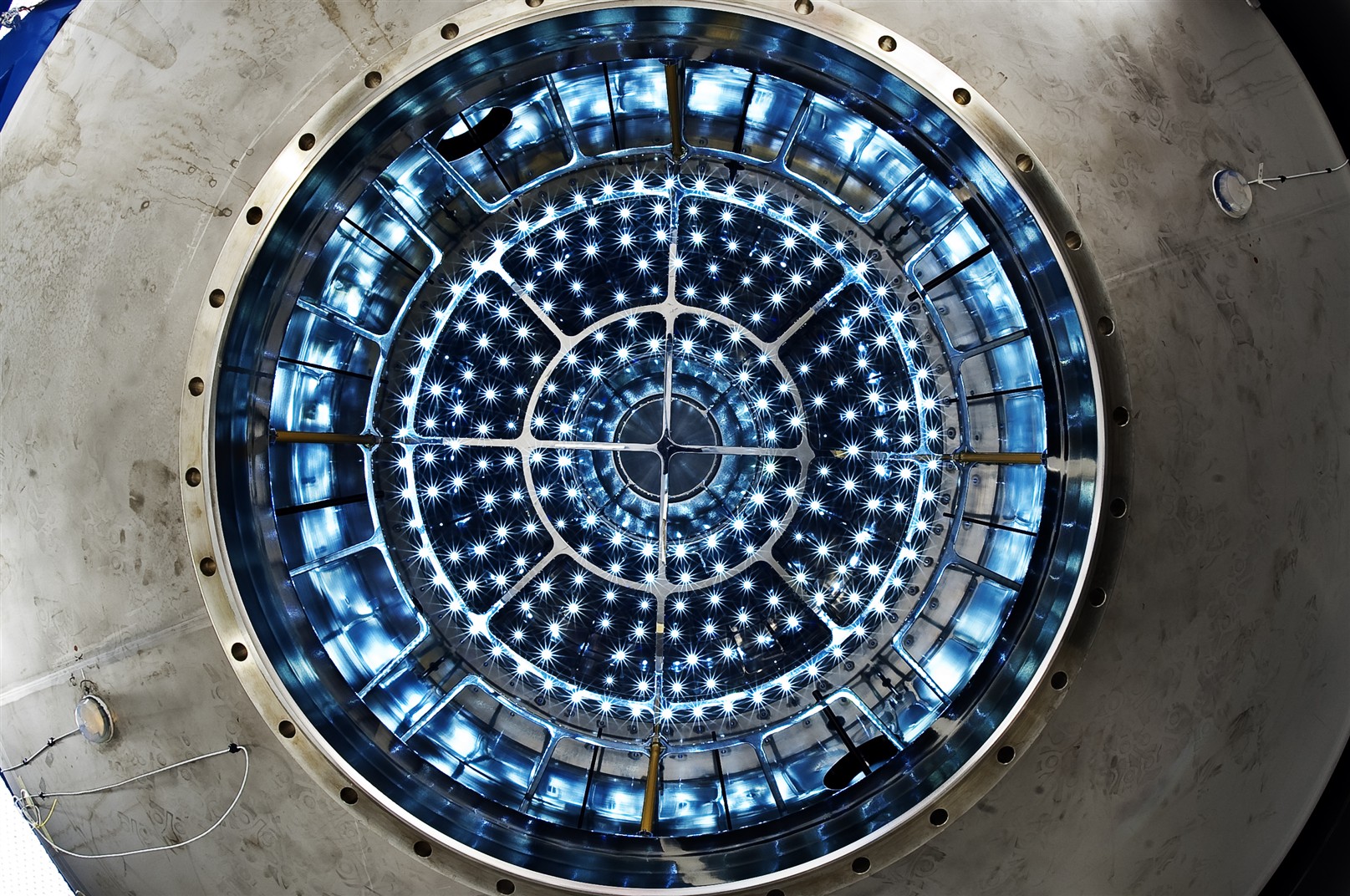Emerging Photonic Principles and Negative Effective Mass: Exploring New Physics in the Tradition of Grothendieck.
A novel symmetry framework.
by P. De Ceuster — Posted in Publications on September 07, 2025
TAG: #Publications
Latest edit: 07/09/25
Fluid-theoretic analogies provide powerful conceptual tools for understanding collective photonic phenomena.Hydrodynamic descriptions of light and collective excitations, are a means to focus on experimental techniques, and mapping strategies. The central idea is to treat coherent optical fields as effective fluids whose macroscopic variables (intensity, phase gradients, coherence length) act as density, velocity, and pressure-like quantities.
We catalog experimental platforms where fluid analogies are most productive: polariton condensates, nonlinear fiber systems exhibiting modulation instability, and slow-light media. For each platform, we consider protocols, to prepare initial conditions, how to measure effective fluid variables, and how to interpret observed phenomena — shocks, solitons, vorticity — in an optical context. Emphasis should be placed on measurement strategies: interferometric phase mapping, high-dynamic-range imaging, and time-resolved spectroscopy.
The design heuristics for fluid-inspired photonic devices are crucial: use controlled nonlinearity profiles to emulate pressure gradients, engineer dispersion landscapes to simulate varying compressibility, and introduce inhomogeneous loss to model viscosity. Practical guidance almost always covers fabrication tolerances, pumping uniformity, and environmental stability — all crucial when demonstrating fluid-like behavior in optics.
We also must consider conceptual bridges to Grothendieckian abstraction: interpret families of fluid-like experiments as sections over a base parameter space, enabling systematic classification and transfer learning between experimental regimes. This rewarding viewpoint will aid in designing reproducible experiments and in building modular experimental toolkits.
Finally,interdisciplinary opportunities are: coupling optical fluids to mechanical or electronic systems for hybrid devices, using fluid analogies to design robust optical networks, and leveraging fluid-instability-driven pattern formation for novel light-shaping applications. Each proposal is accompanied by a pragmatic research plan outlining resources, timelines, and necessary collaborations.
Excerpt from: Emerging Photonic Principles and Negative Effective Mass: Exploring New Physics in the Tradition of Grothendieck. by P. De Ceuster
© All rights reserved. Do not distribute. (Publication: Emerging Photonic Principles and Negative Effective Mass: Exploring New Physics in the Tradition of Grothendieck.)
